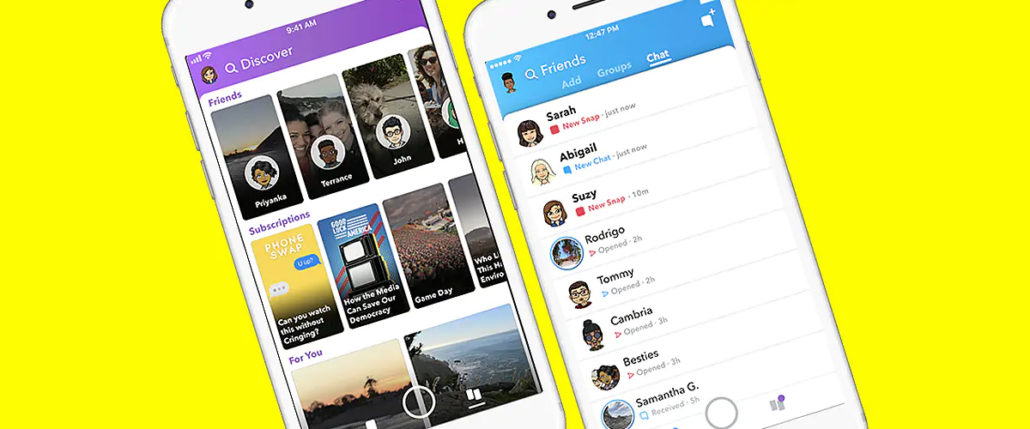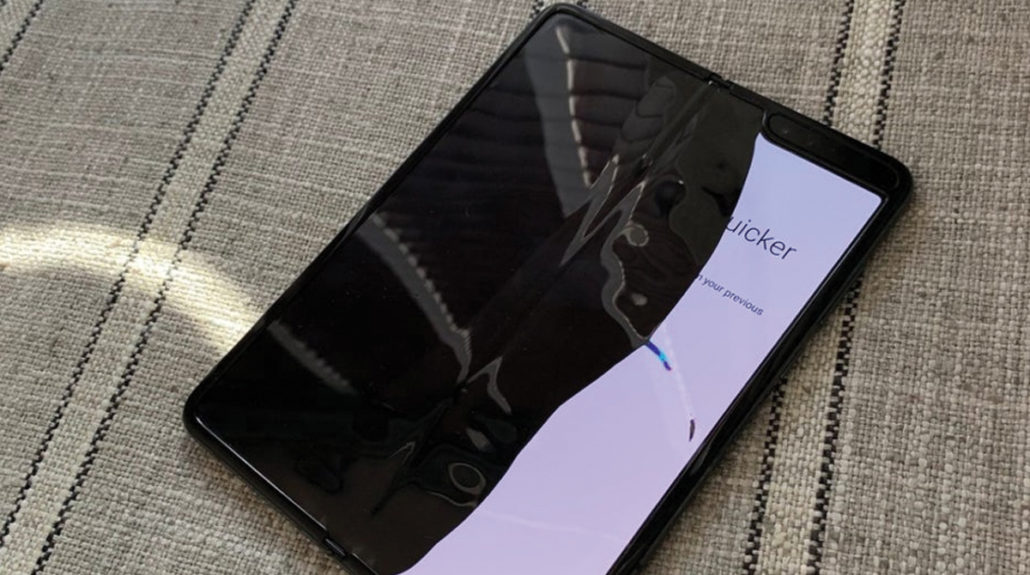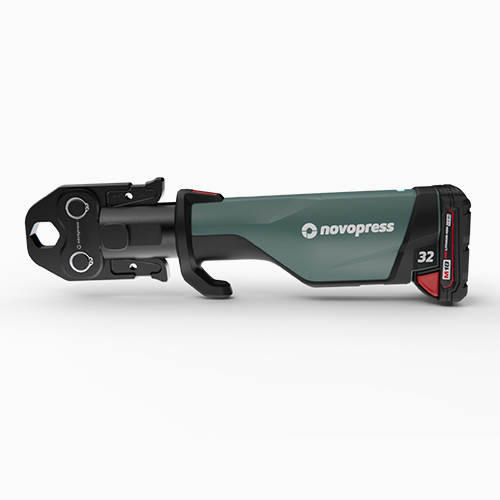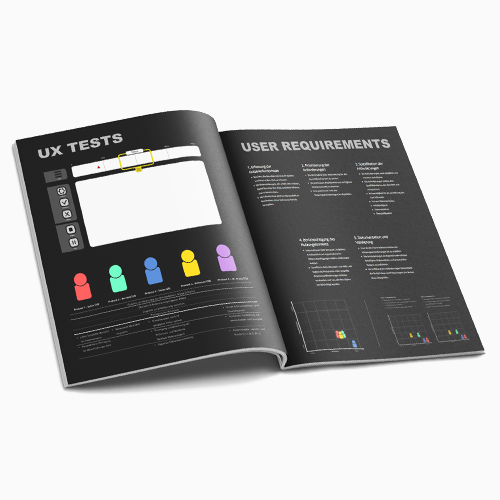In 2018, Snapchat released an interface update to its users. Within hours, the app store was flooded with negative comments. The team spent months polishing the new user interface for an app that was now seemingly unusable to its most loyal users. Some headlines reported the new UX rollout was so bad it damaged Snap’s stock price.

Yet, there is a lot we can learn from Snap’s snafu
- Beta test everything with an audience whose feedback you can trust.
- Communicate major and material changes flawlessly.
- Negative feedback can be the best feedback.
There is a big difference between “early adopters” and “people who just don’t understand.” Inevitably, there will be people in your audience who like the old way of doing things and doesn’t understand the change. They will complain, but then they almost always get on board. Early adopters will find ways to adjust their lives to incorporate new technology into their day to day.
And, sometimes, you have a Snapchat situation where there is a flood of negative feedback. Every product, service, company, business, and person eventually has to face someone saying something they don’t like. But every cloud comes with a silver lining, and if you know how to process it, negative feedback can be invaluable to your design process.
However, a caveat: just because you received negative feedback on a feature or design element does not mean it needs to be changed. Recently, I was traveling in London to do real, environmental research for a product we are designing. It was a reminder that even though the prototype may meet the specifications of the project, there is a lot that is revealed when watching the end user apply the product to the environment they are using it in. Negative feedback is essentially, but user-centered design can uncover details even the user wasn’t consciously aware of.
While negative feedback can provide a lot of insight, it is just as important to not give a knee-jerk reaction and fix every nit-picky detail the users leave comments about.
While there are plenty of loyal users who will offer detailed feedback, there are infinitely more people who just like to complain. Every complaint is built around something you, the designer, can improve on. Here’s how you can start incorporating negative reviews into your design process:
Collect the data
Maybe your product is for sale on Amazon or the app store. Maybe your customer service department is fielding all kinds of angry calls and emails. There is likely plenty of information for you to work from. Be sure to incorporate other chances to collect data about the product. For example, if someone returns the product and you issue a refund, incorporate a drop-down menu offering reasons why they are returning the product.
Sorting Useful from the Angry
This might be the hardest part of the process because you have to look at the feedback objectively to get anything useful from it. Then, you have to determine what the root problem behind the negative review might be. They may be upset that the product breaks too easily – so you should probably incorporate more durable materials. If the complaints are how the product is too difficult to use, you could simplify its design or you could issue more comprehensive instructions as an app or a video.
We go beyond trends – we innovate.
Get news and ideas from ENTWURFREICH
What Can Be Changed Today?
Some things are as simple as using different tape to enclose the box used to ship the product. Other times, you might have to adjust a 3-D printed component to a smaller or larger scale. Small changes can make big differences. For the larger changes, incorporate them into the next evolution of your product – no point in making the same mistakes a second time!
Communicate the Changes
Customers love to know you hear their feedback. Let them know about any design changes that are happening with the next release of the product, or that you are working to incorporate them into a future edition. Just as you would create content to heartily promote the sale of a new product, you should be just as thorough with updates and changes.
Snapchat followed the playbook perfectly. They rolled back the software update so users could go back to an interface they were familiar with. The design team used the bounty of negative feedback to make changes that made the next update far more successful.

Samsung did the same as it was attempting to roll out their line of Galaxy Fold devices. Not only was the Fold one of the first on the consumer market, it was probably the most ambitious changeup to their product line. Early users reported problems with the namesake screen – it folded, but it felt low-quality and damaged easily. With this feedback, the devices were ready for prime time when they launched nationally in 2021.
There are countless examples of products changing their design after it receives negative feedback. This is all a part of the process of designing products that work with the customer, rather than asking the customer to work with the product. Smart designers know how to leverage the process to create something better. Everyone else waits for the PR nightmare and the stock prices to drop.
The bad reviews are coming – are you ready for them?





